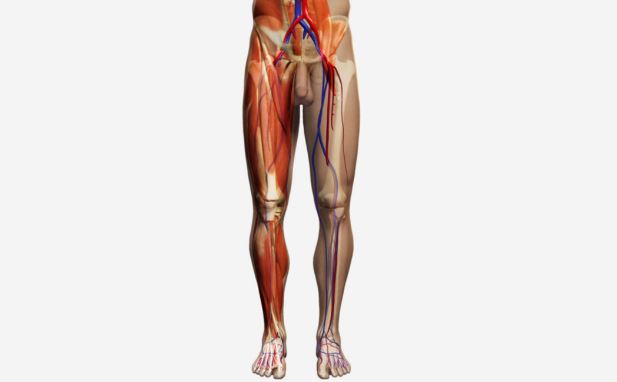

Library > Medical Professional - Ultrasound > Vascular > Ultrasound of the Lower Limb Arteries for Medical Professionals
Try Simtics for free
Start my free trialUltrasound of the Lower Limb Arteries for Medical Professionals

Check our pricing plans here
Unlimited streaming.
This module teaches you how to prepare for and perform an ultrasound examination of the lower limb arteries. The interactive simulator provides eight different scenarios to test your ability to perform this type of scan. Online simulations enable you to build or refresh knowledge and cognitive skills and offer a safe practice environment so you can prepare for the real clinical world. You can also use simulations to try out procedures that you might not otherwise experience.
If you are not a medical student or physician, you may prefer the other version of this module which includes all the procedural information needed by professionals in other roles: /shop/imaging/sonography/vascular/ultrasound-assessment-of-the-lower-limb-arteries
You'll learn
- how the principles of Doppler ultrasound are used to assess blood flows
- to practice, perfect and test your skills in performing ultrasound scans of the lower limb arteries, including color duplex imaging
- how to prepare and position your patient for this type of ultrasound scan
- to better visualize and identify the arterial anatomy and physiology of the lower limb, including cross-sectional anatomy of the leg and thigh, with our 3D anatomy model and illustrations
- to understand hemodynamics and the effects of atherosclerosis
- about physiologic arterial testing of the lower limbs
- how to identify on images the sonographic features of the normal lower limb arteries, including grafts and stents
- much more (see “Content Details” for more specific information).
- Discuss color duplex imaging of the lower limb arteries:
- Aorto-iliac segment
- Femoral-popliteal arterial segment
- Popliteal artery
- Tibial artery
The SIMTICS modules are all easy to use and web-based. This means they are available at any time as long as the learner has an internet connection. No special hardware or other equipment is required, other than a computer mouse for use in the simulations. Each of the SIMTICS modules covers one specific procedure or topic in detail. Each module contains:
- an online simulation (available in Learn and Test modes)
- descriptive text, which explains exactly how to perform that particular procedure including key terms and hyperlinks to references
- 2D images and a 3D model of applied anatomy for that particular topic
- a step by step video demonstration by an expert
- a quiz
- a personal logbook that keeps track of all the modules the learner has studied and how long
For more details on features and how your students can benefit from our unique system, click here.





